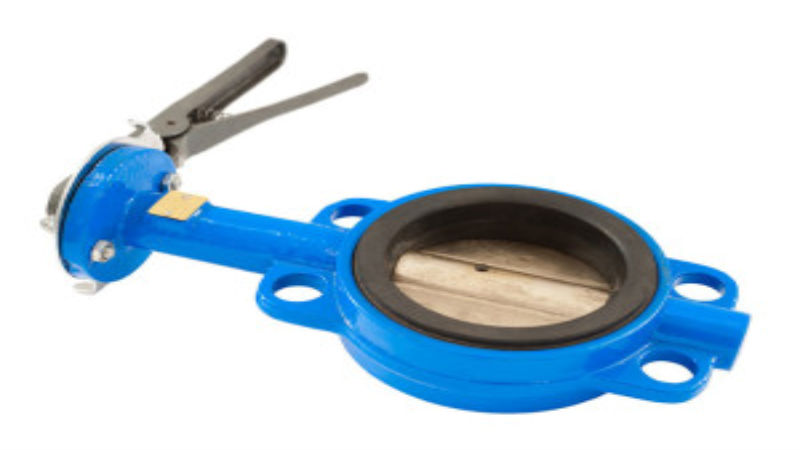Concrete is used for a wide variety of different building components including floors, walls and even ceilings of specific types of buildings. While very easy to work with when wet, once dried and cured, concrete poses significant challenges for attaching other materials.
The answer to the problem of working with cured concrete is to use specialized types of fasteners. There is no point in trying to use nails or traditional types of screws as they will simply chip the concrete or pull away and out. Using bolts and drilling through the concrete wall is a viable option, but it is not always practical nor will it create the aesthetic look desired for the building or structure.
The Solution
The ideal specialized type of fastener looks different than any other fastener type. They are called concrete wedge anchors as they use a wedge type mechanism to secure in fastener in the concrete through pressure on the sides of the hole.
These are single-use fasteners and once they are in place and tightened they cannot be backed out of the hole. The only way to remove them would be to chip out the anchor and patch the surface.
The Method
Concrete wedge anchors come in different sizes, but the design is the same. They include the nut, washer, bolt and a slightly wider bottom to the bolt above which sits a collar, which is correctly known as an expansion clip.
A hole is drilled into the concrete to match the diameter of the bolt, and then the nut is placed on the end for protection to the threads. Insert the wedge anchor into the hole and tap into place.
When the nut is tightened on concrete wedge anchors the slightly wider bottom pulls up into the expansion clip, which then pushes out into the surrounding concrete. This creates pressure that will hold the anchor securely in place.








